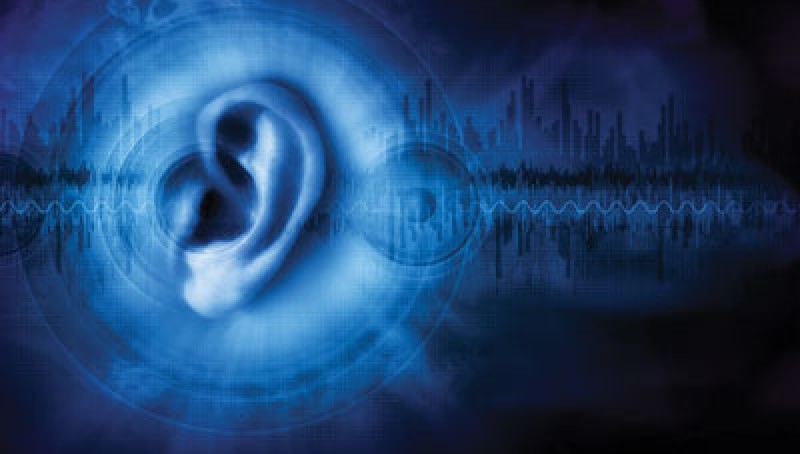Audiometry and tympanometry are diagnostic methods that test hearing and establish the degree of hearing impairments if any.
AUDIOMETRY
Audiometry is a diagnostic procedure that tests hearing or hearing damage i.e. hearing impairments. It is a subjective method requiring an active participation by the patient, so it is not applicable in infants and pre-school children. During the testing, the patient is exposed to a variety of sounds of various frequencies and he is supposed to press the signal button when he hears them.
Audiometry is applied in each patient aged more than 5-6 years when there is a suspicion of hearing damage. The test can show the degree and type of partial hearing loss – partial deafness. In younger children it is more difficult to carry out the test, as the child cannot fully grasp the tasks set. Here are some of the most frequent hearing impairments:
- Middle-ear infection
- Tympanic membrane (ear drum) perforation
- A foreign body in the ear
- Noise over exposure
- Head lesions or injuries
- Some medication therapy
- Hearing impairments in family
If the parents notice that the child does not react to calls or turns up TV, the child is to be examined by a child healthcare physician and an ORL-specialist, and then, it is advised to have an audiometry test done, according to the indications.
TYMPANOMETRY
Tympanometry is a diagnostic method that measures the pressure in the middle ear, the ear elasticity and movability of the ear transmission system that consists of eardrum (tympanic membrane), external auditory canal and auditory ossicles. For the sound to be conducted well, there must be a healthy eardrum, the auditory ossicles must be movable and the middle ear cavity must be filled with air. If the secretion accumulates in these parts of the ear, this brings on lesser movability and is conducive to hearing impairment – damage (complete or partial hearing loss).
Tympanometry is often applied in children to establish if there is secretion in the middle ear.
It is significant in diagnosing an enlarged third tonsil, secretory otitis (ear inflammation with secretion), with allergies, and all the conditions can be often seen in children, typically in the fall-winter period.
The tympanometry findings interpretation occurs exclusively in the context of the clinical picture, autoscopic findings and ORL specialist examination.
Tympanometry is also applied in adults and its purpose is to test the middle ear functions. The partial loss of hearing in adults can occur due to hearing damage or acoustic (auditory) nerve damage, but it can occur due to the inflammation and other middle ear diseases. Any hearing measurement (audiometry) in adults is to be completed by tympanometry.
Otosclerosis and tympanosclerosis are the conditions in adults that require regular tympanometry examinations or tests.
The state-of- the-art tympanometers can also deliver acoustic reflex test, auditory nerve fatigue test and high-frequency tympanometry. A tympanometry test lasts several seconds and it is totally painless and the result can be interpreted concurrently during the test performed. The recording does not require any preparation. It is a must that children keep quiet during the examination, as the results can be wrong if the child cries.
Leštanin Branislav, MD. otorhynolaryngologist




